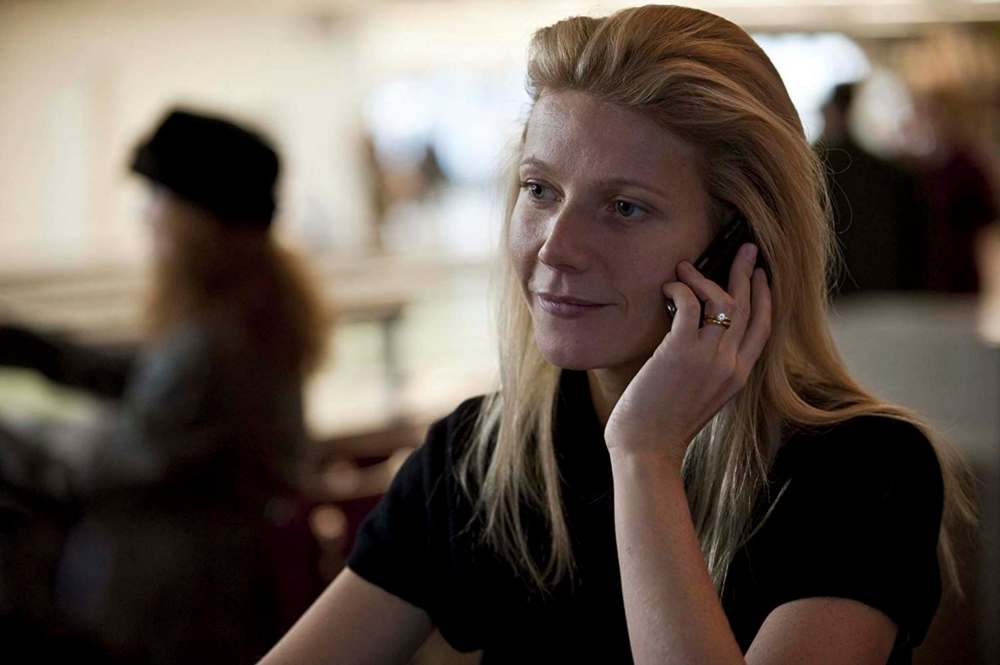I am afraid of some things, but not coronavirus
Advertisement
Read this article for free:
or
Already have an account? Log in here »
To continue reading, please subscribe:
Monthly Digital Subscription
$0 for the first 4 weeks*
- Enjoy unlimited reading on winnipegfreepress.com
- Read the E-Edition, our digital replica newspaper
- Access News Break, our award-winning app
- Play interactive puzzles
*No charge for 4 weeks then price increases to the regular rate of $19.00 plus GST every four weeks. Offer available to new and qualified returning subscribers only. Cancel any time.
Monthly Digital Subscription
$4.75/week*
- Enjoy unlimited reading on winnipegfreepress.com
- Read the E-Edition, our digital replica newspaper
- Access News Break, our award-winning app
- Play interactive puzzles
*Billed as $19 plus GST every four weeks. Cancel any time.
To continue reading, please subscribe:
Add Free Press access to your Brandon Sun subscription for only an additional
$1 for the first 4 weeks*
*Your next subscription payment will increase by $1.00 and you will be charged $16.99 plus GST for four weeks. After four weeks, your payment will increase to $23.99 plus GST every four weeks.
Read unlimited articles for free today:
or
Already have an account? Log in here »
Hey there, time traveller!
This article was published 10/03/2020 (2107 days ago), so information in it may no longer be current.
I’m trying to figure out how nervous to get about the new coronavirus. Usually I don’t have a choice: I’m either terrified of something, or it doesn’t bother me.
Things that force me to run into the abyss, screaming like a banshee, include (but are not limited to): turbulence on airplanes, aggressive dogs and men who need to explain why militia groups are essential for American independence.
Things that raise no qualms include driving in the dark on a six-lane highway, speaking to an audience of 5,000 skeptical listeners and looking after a friend’s python for the weekend.

Maybe I don’t want the python riding in the passenger seat as I’m heading down that highway to give a talk to the women’s auxiliary luncheon for the “Boys Bearing Arms” group, but that’s only because the snake would probably keep trying to change what’s on the radio.
But this coronavirus business has me emotionally puzzled. So I’ve been reading widely and attempting to get solid information from a variety of sources.
As no doubt you’ve learned, the director of the U.S. National Center for Immunization and Respiratory Diseases, Dr. Nancy Messonnier, declared, “It’s not so much of a question of if this will happen anymore, but rather more of a question of exactly when this will happen,” when talking about the coronavirus entering the U.S.
What I’ve also learned, from reading recent articles in the Journal of the American Medical Association about this latest outbreak — in addition to ones about pandemics throughout history archived by the U.S. National Institutes of Health’s National Library of Medicine — is that experts in the field have known for years that “It is currently impossible to predict the emergence of a future pandemic other than to strongly suspect that one will eventually occur, or to predict when or where a future pandemic will occur, what subtype it will be and what degree of morbidity and mortality it will produce.”
This last pronouncement was first published in JAMA in 2007. It sounds a great deal like Messonnier’s statement.
I also spent time reading newspapers from 1918 and 1919, when the “Great Influenza” killed more people than did the First World War. More people died in a single year of this flu than in the four years when the Black Death plagued Europe.
I even watched Contagion, a 2011 movie that exposed me to one of my least favourite stars, Gwyneth Paltrow. It’s about a global pandemic. It should be better, and it ends with a prom (the movie, not the microbe). While the film disturbed me, it didn’t make me buy a mask.
I’ll take measures. I promise to wash my hands; I promise not to shake hands with you if you want to keep the “social distancing” that is now recommended by the World Health Organization. I’ll ask you before I give you a hug.
But I’m not cancelling my classes or changing my life.
I’m writing this week’s column from my office at work, which is in the basement of a cinder block building. I’m surrounded by books, canned soup, bottled water, a microwave and six boxes of tissues.
Coughing, sneezing and sputtering, most of my students have been sick these last few weeks. They lean against the door frame before entering the office — usually other students are already hanging around — and announce in muffled and croaking voices that they’re feeling much better now. I believe them, because these poor souls are actually standing up, even if they are still speaking into their elbows.
Because faculty are required to dispose of our own trash from our individual offices (you thought academic life was glamorous?), at the end of my workday, I will take the baskets filled with Kleenex, candy wrappers and crumpled coffee cups and stuff them into the bin in the hallway.
Being with people is part of my job and part of my life. Nowhere is safe.
And although I won’t be scared into isolation, I will swear to follow the suggestion provided at the World Health Organization’s website: I will stay away from those who spit in public.
That’s not only good advice. It’s now my motto.
Gina Barreca is a board of trustees distinguished professor of English literature at the University of Connecticut and the author of 10 books. She can be reached at www.ginabarreca.com.
— The Hartford Courant







